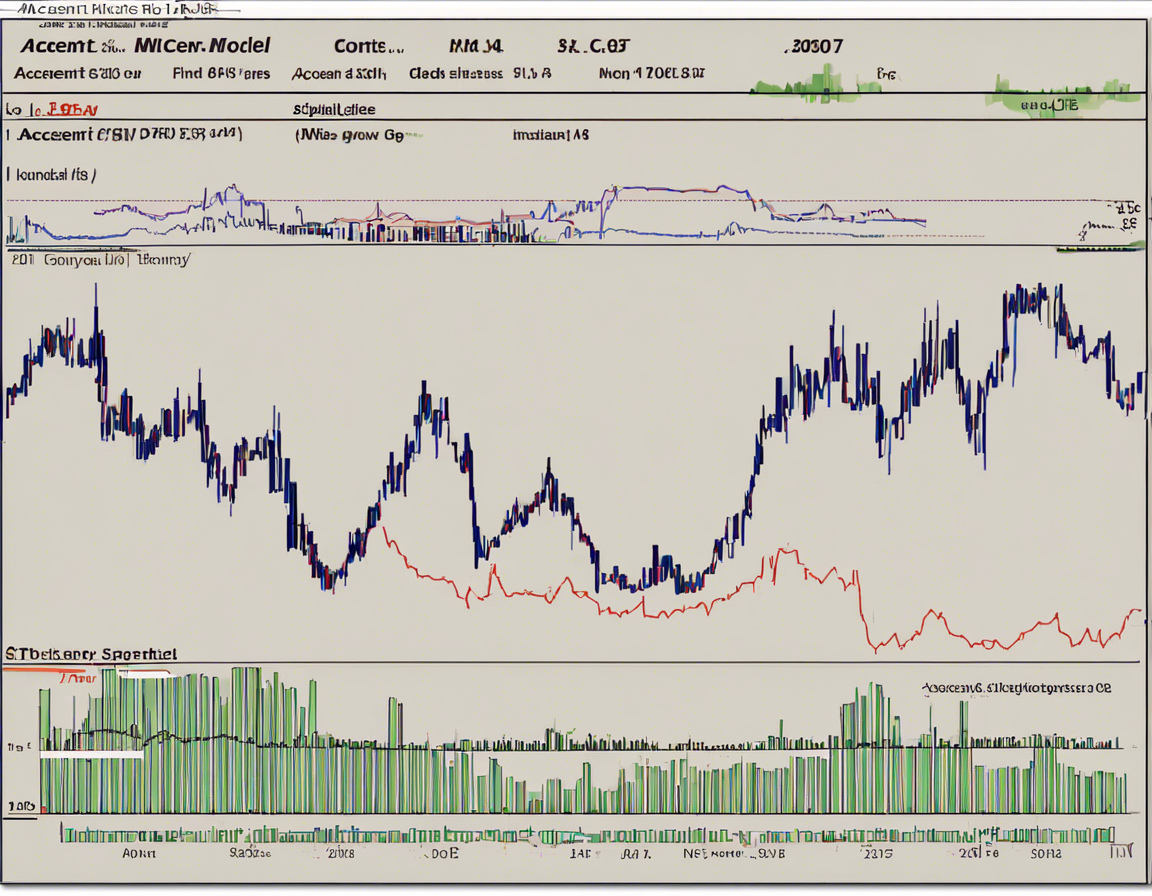Investing in the stock market can be a complex and sometimes daunting task, especially for those new to the field. One popular strategy employed by many investors is technical analysis, which involves the study of past market data, primarily price and volume, to predict future price movements. In this article, we will delve into the world of technical analysis and specifically focus on analyzing stock price trends using the example of Accent Microcell, a fictional tech company.
Understanding Stock Price Trends
Stock price trends are the general direction in which the price of a stock is moving over a period of time. By analyzing these trends, investors can identify potential buying or selling opportunities. There are three main types of trends that investors typically look for:
-
Uptrend: An uptrend is characterized by a series of higher highs and higher lows. This indicates that the stock’s price is moving in an upward direction.
-
Downtrend: A downtrend is characterized by a series of lower highs and lower lows. This indicates that the stock’s price is moving in a downward direction.
-
Sideways trend: Also known as a range-bound market, a sideways trend occurs when the price of a stock fluctuates within a certain price range without any clear upward or downward direction.
Using Technical Indicators
In order to analyze stock price trends, investors often use technical indicators. These indicators are mathematical calculations based on the price, volume, or open interest of a security. Some popular technical indicators used in trend analysis include:
- Moving averages: Moving averages smooth out price data to help identify trends over a specific time period.
- Relative Strength Index (RSI): The RSI measures the speed and change of price movements and indicates whether a stock is overbought or oversold.
- Moving Average Convergence Divergence (MACD): The MACD is a trend-following momentum indicator that shows the relationship between two moving averages of a security’s price.
By using these indicators in combination with chart patterns such as head and shoulders, double tops, and flags, investors can gain a more comprehensive understanding of a stock’s price trends and make informed trading decisions.
Analyzing Accent Microcell’s Stock Price Trends
Let’s consider a hypothetical scenario where Accent Microcell’s stock has been experiencing an uptrend over the past few months. By analyzing the stock’s price movements using a combination of moving averages, RSI, and MACD, investors may identify potential entry points to buy the stock and exit points to sell.
For instance, if the stock price of Accent Microcell crosses above its 50-day moving average and the RSI indicates that the stock is not overbought, this could be a signal to buy. Conversely, if the stock price crosses below its 200-day moving average and the MACD shows a bearish crossover, this could be a signal to sell.
FAQ Section
1. What is the best time frame to analyze stock price trends?
The best time frame for analyzing stock price trends depends on individual trading goals and strategies. Short-term traders may focus on hourly or daily charts, while long-term investors may prefer weekly or monthly charts for a broader perspective.
2. How accurate are technical indicators in predicting stock price trends?
While technical indicators can provide valuable insights into stock price movements, they are not foolproof and should be used in conjunction with other forms of analysis. Market conditions can change rapidly, impacting the effectiveness of technical indicators.
3. Can stock price trends be influenced by external factors?
Yes, stock price trends can be influenced by a variety of external factors such as economic indicators, geopolitical events, company earnings reports, and market sentiment. It is essential for investors to consider these factors alongside technical analysis.
4. How often should I review stock price trends?
The frequency of reviewing stock price trends depends on individual investment goals and time constraints. Some investors may prefer to monitor trends daily, while others may review them on a weekly or monthly basis.
5. Are stock price trends always linear?
No, stock price trends are not always linear and can be subject to volatility and sudden fluctuations. It is important for investors to be aware of potential reversals or trend changes and adjust their strategies accordingly.
In conclusion, analyzing stock price trends is a valuable skill for investors looking to make informed decisions in the stock market. By utilizing technical analysis tools and indicators, investors can gain valuable insights into the potential future movements of a stock’s price. Remember to conduct thorough research and consider various factors before making any investment decisions.
